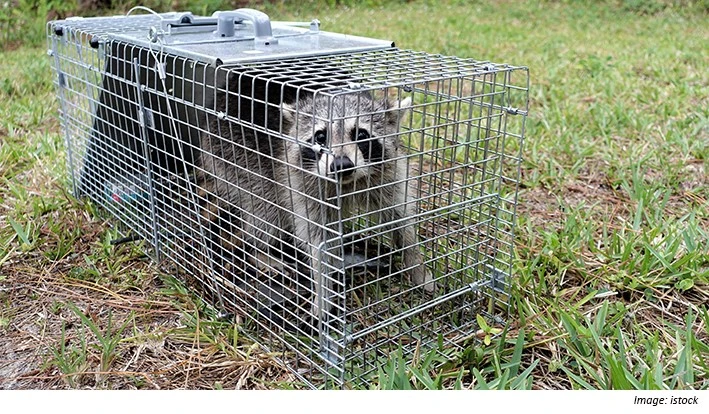
The increasing interest in remote monitoring technology to assist with rodent management programs has piqued the interest of industry professionals involved in wildlife control.
Would remote monitoring be an asset to pest management professionals providing services in this growing market segment? The quick answer to that question is yes. There is, however, more to consider before remote monitoring becomes a widely accepted practice in wildlife management.
Remote monitoring technology for wildlife is currently approved in only four states – Illinois, Ohio, Pennsylvania and Virginia. This limits the size of the market but it doesn’t lower the appeal of the technology.
“Even though remote monitoring is only approved for wildlife in four states, it does possess a lot of potential in the future,” says Dr. Mark Beavers, managing director – technical services, safety and health for Rollins. “From what we’ve seen and experienced thus far, not only do the customer and pest management professional benefit from it being deployed, but so does the animal.”
While the push to have more states update regulations on remote monitoring for wildlife is slow, Beavers does see progress. He also sees the potential remote monitoring offers pest management professionals to improve operating efficiencies, increase client satisfaction and deliver a more humane service.
“There is certainly a benefit to the animal when remote monitoring is used,” says Beavers. “Since there is a faster response from the technician, there is less chance the trapped animal will be harmed while by being held in the trap for an extended period of time.”
Beavers say distress over harm to wildlife is a real concern among both commercial and residential customers, and PMPs need to consider that when designing wildlife control programs.
The mandates on how pest management professionals are to carry out wildlife management services differ in the four states and that presents a challenge to technicians. For example, in North Carolina, traps have to be checked every 24 hours.
Scott McNeely, president of McNeely Pest Control in Winston-Salem, N. C., says while his company can’t use remote monitoring for its wildlife control accounts in his home state he thinks the technology brings some potentially valuable capabilities to the table.
“The technology is impressive and will only get better as the kinks are worked out and it proves itself in the field,” says McNeely. “Having updates sent in real-time and the ability to use that data to adjust tactics in a rodent or wildlife program certainly gets the attention of the client, as well as their service provider.”
What Are the Benefits to PMPs?
For pest management professionals in the four states that currently permit remote monitoring for wildlife there are operational benefits to be realized.
The process of checking traps for commonly encountered nuisance wildlife including raccoons, skunks and squirrels can be made more efficient depending on the state’s mandates.
Rather than having a technician schedule daily visits to the account to check a potentially empty trap they can respond when the device registers a capture or other activity. It can also eliminate having to rely on customers to check traps which can pose a safety risk to both them and the animal.
“Technicians can prioritize their routes according to the data they receive from the remote monitoring devices,” says Beavers. “They can respond quicker, use the data collected to identify the root causes of the wildlife activity and eliminate those causes.”
McNeely points to the potential time and cost savings companies can realize by using remote monitoring technology, especially for PMPs servicing clients that are spread across a large geographic area.
“Some of our commercial clients are located in remote rural areas and to have a technician drive 45 minutes each way to check a trap each day is not always the best use of our or our client’s time,” says McNeely. “Being able to monitor traps from a handheld device and respond when they need to can save time and money.”
Latest from Pest Control Technology
- Donny Oswalt Shares What Makes Termites a 'Tricky' Pest
- Study Finds Fecal Tests Can Reveal Active Termite Infestations
- Peachtree Pest Control Partners with Local Nonprofits to Fight Food Insecurity
- Allergy Technologies, PHA Expand ATAHC Complete Program to Protect 8,500 Homes
- Housecall Pro Hosts '25 Winter Summit Featuring Mike Rowe
- Advanced Education
- Spotted Lanternflies, BMSBs Most Problematic Invasive Pests, Poll Finds
- Ecolab Acquires Guardian Pest Solutions





